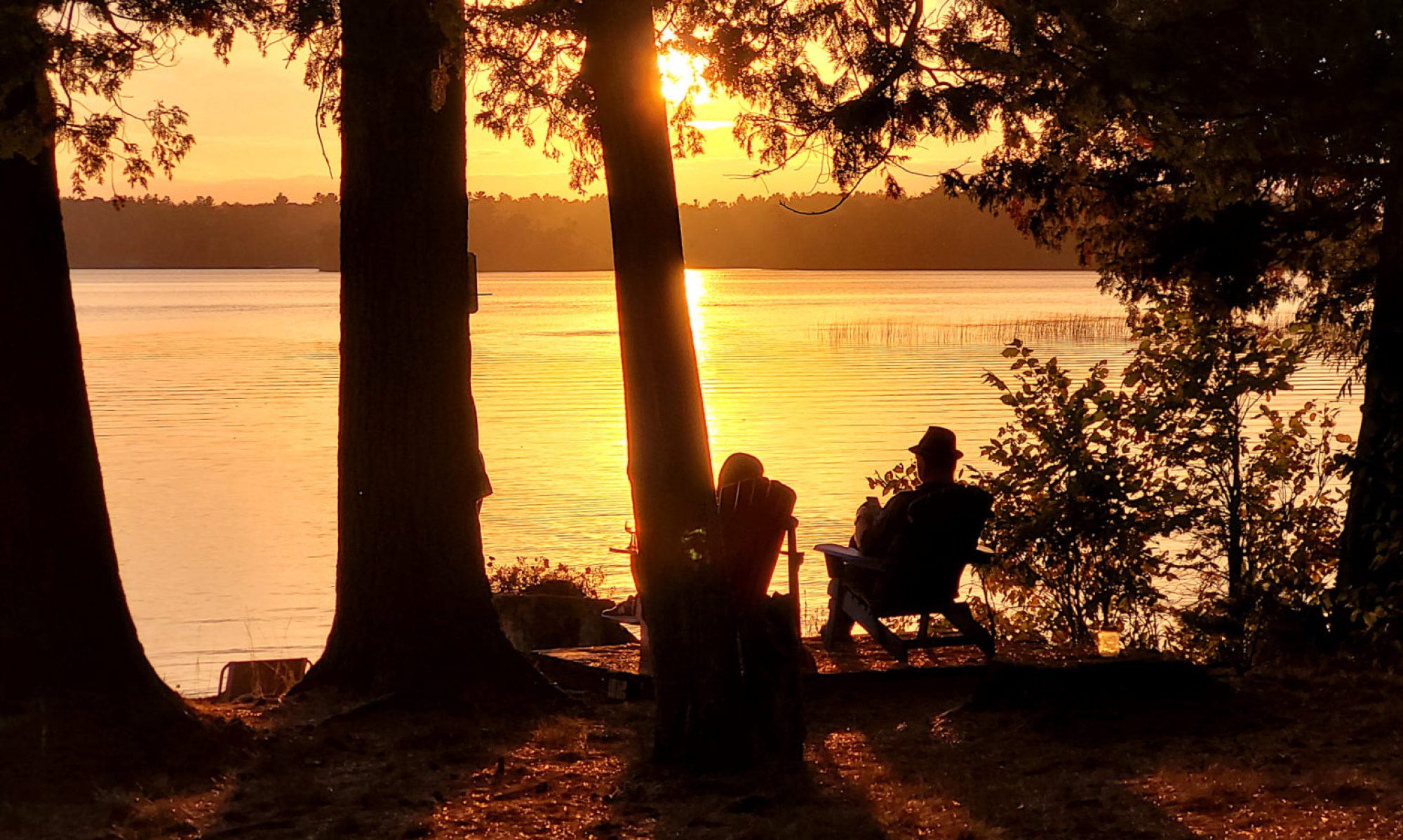
From Allison Meier at JSTOR Daily: “In the fall of 1886, New Yorkers were transported to the Battle of Gettysburg. That is to say, they flocked to a circular structure in downtown Brooklyn. The inside walls of the curious room were covered with a 360-degree painting, on which soldiers charged and cannons fired. As Scientific American described at the time, the floorboards were covered with sod and “real trees, evergreens and others, with shrubbery, portions of fences, and the like are set about, and tufts of grass, wheat, and similar things, lend their aid to fill up the scene.” Skylights illuminated the canvas and props while leaving the spectator area dark, and mannequins were posed alongside the painted scene. So convincing were these dummies that the police got called one evening to stop a robbery and apprehended two fake soldiers.”
What medieval manuscripts reveal about the hidden history of whales

From Nina Goldman for the Smithsonian magazine: “The creature was enormous. Sailors said it “looked more like an island than a fish.” When feeding, according to a 13th-century Old Norse manuscript, the beast, known as the hafgufa, would rest with its mouth open wide, luring in unsuspecting fish, then snap its jaws shut to capture them. Hair-raising accounts of a similar sea monster were recorded by Alexandrian scribes as early as the second century A.D.; these accounts spread through Europe and Asia in Arabic, Coptic, Latin and Old English translations. Now researchers argue the mighty hafgufa, and similar sea monsters described by the ancients, were not mythical creatures but rather whales engaged in a behavior that was only recently documented: “trap feeding.”
Note: This is a version of my personal newsletter, which I send out via Ghost, the open-source publishing platform. You can see other issues and sign up here.
Continue reading “Cycloramas were the virtual reality of the 19th century”



















